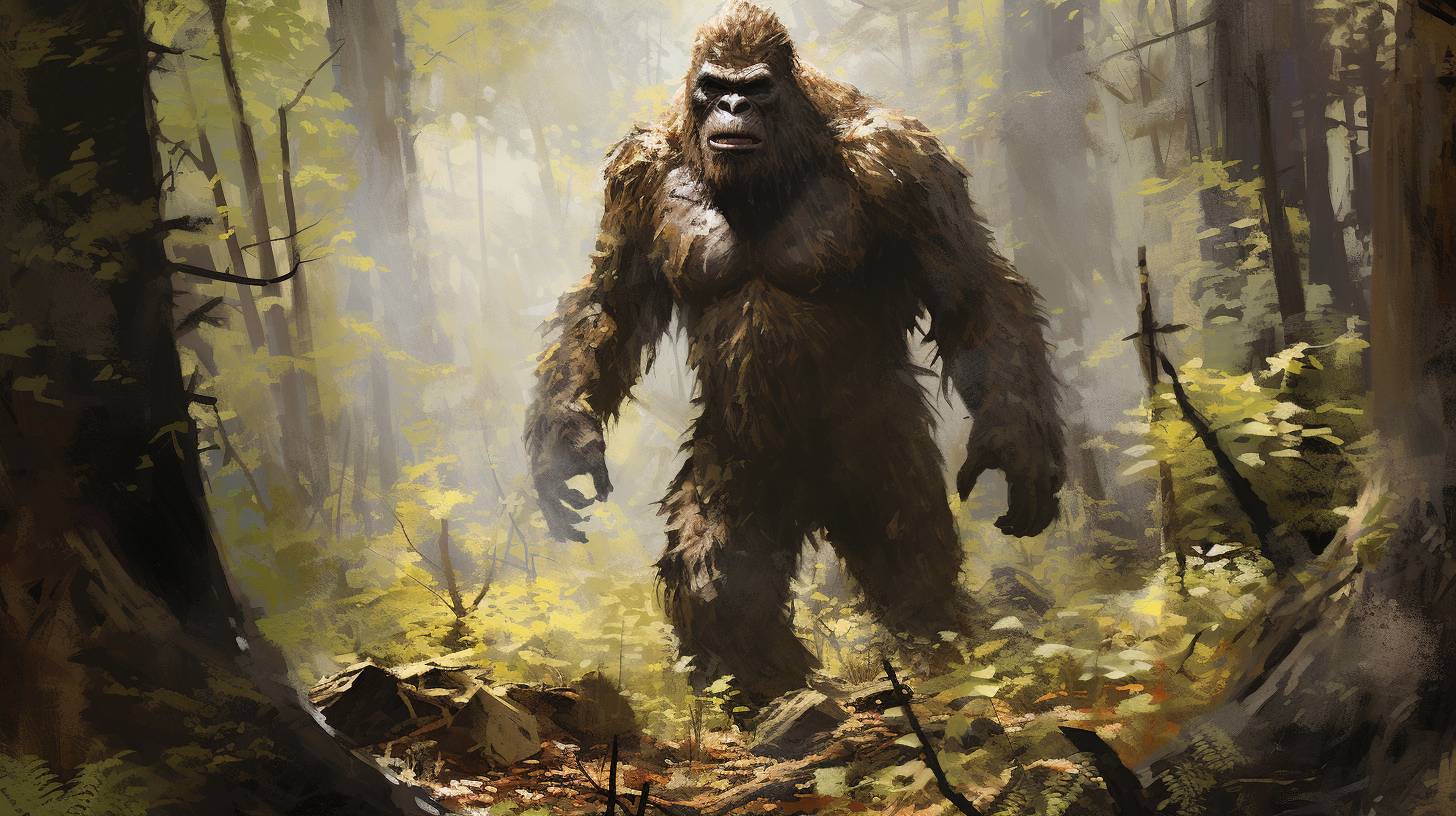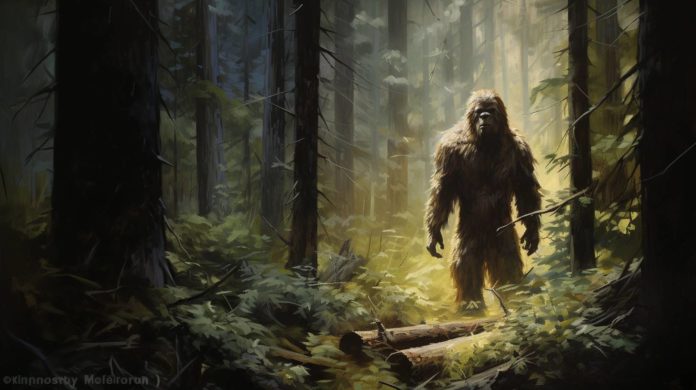Bigfoot, also known as Sasquatch, is a legendary ape-like creature believed to inhabit the vast forests of North America. With countless alleged sightings, footprints, and other evidence, Bigfoot has become a cultural phenomenon that has captured the imagination of the public and sparked heated debate among believers and skeptics alike.
Characteristics and Origins
Bigfoot is often described as a large, hairy, bipedal humanoid creature, standing approximately 6 to 9 feet tall with enormous footprints measuring around 24 inches long. The creature is covered in thick, dark fur and is said to have a potent, musky odor.
Many tribes in North American indigenous cultures have spoken of similar creatures throughout their histories, long before European settlers arrived. For instance, legends of wild men, such as the Stiyaha, Wendigo, Dzunukwa, and Bukwus, can be found in various Native American and First Nation folklore. Some researchers speculate that Bigfoot could be a remnant population of an ancient ape called Gigantopithecus, which existed in Asia over 300,000 years ago.
Encounters and Evidence

The first reported modern-day sighting of Bigfoot occurred in 1958 when a newspaper article published accounts of large, mysterious footprints found near Bluff Creek, California. The article coined the term “Bigfoot,” and the name has stuck ever since.
One of the most famous pieces of evidence is the Patterson-Gimlin film, a short motion picture shot in 1967 near Bluff Creek. The film depicts a purported Bigfoot walking through the woods and turning to face the camera briefly before disappearing. Despite numerous attempts to debunk the footage, its authenticity remains a subject of debate.
Aside from the alleged sightings and photographs, physical traces have been found, such as unusual footprints and hair samples. However, no definitive proof has been offered to confirm Bigfoot’s existence.
Scientific Skepticism and Investigations
Critics argue that the lack of concrete evidence, particularly skeletal remains, casts doubt on Bigfoot’s existence. The possibility of hoaxes and misidentifications of known animals, such as bears or primates, further fuel skepticism.
Despite the doubts, some researchers continue to investigate Bigfoot claims in the hopes of uncovering definitive proof. Organizations like The Bigfoot Field Researchers Organization (BFRO) and countless independent researchers continue to catalog and study evidence, promoting the use of rigorous scientific methodology.
Cultural Influence

The tale of Bigfoot has permeated various aspects of popular culture, from television shows and movies to books and video games. Bigfoot enthusiasts worldwide have established conventions and gatherings centered around the sharing of stories and research.
The elusive nature of Bigfoot has allowed it to become emblematic of the mystery of the unexplained, organic mysteries hiding in nature’s deepest recesses. The creature’s enduring presence in entertainment and folklore is a testament to humanity’s fascination with the unknown.
The legend of Bigfoot continues to divide believers and skeptics. Although no concrete evidence has verified Bigfoot’s existence, the cultural phenomenon shows no signs of waning. Like the stories of the Loch Ness Monster, the idea of an elusive creature lurking in remote wilderness areas captures the imagination and keeps the legend alive.
Whether Bigfoot exists or is simply a figment of popular imagination, its persistence in popular culture reflects humanity’s curiosity and fascination with the enigmatic, the unknown, and the wild corners of our planet.

 Cryptids
Cryptids